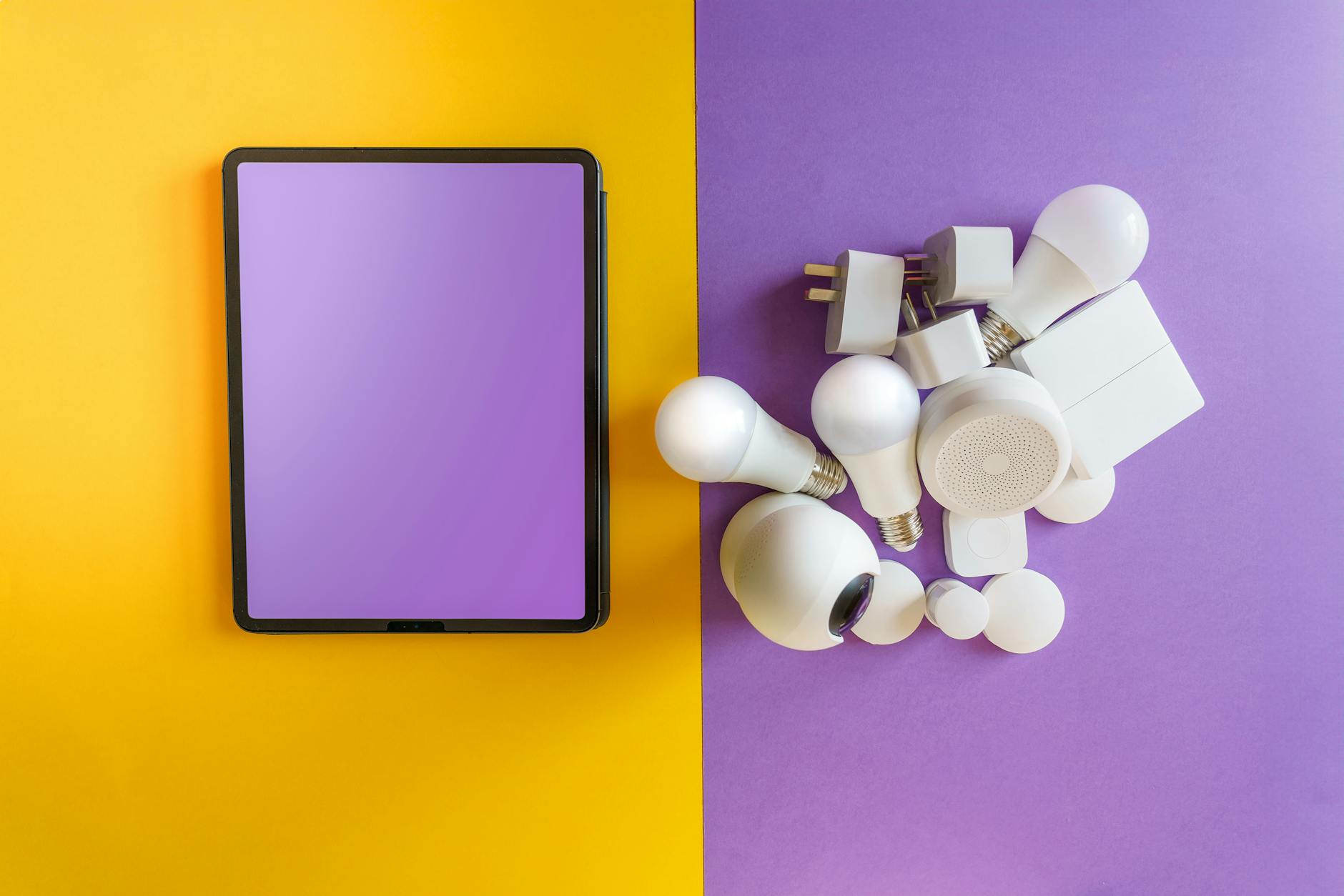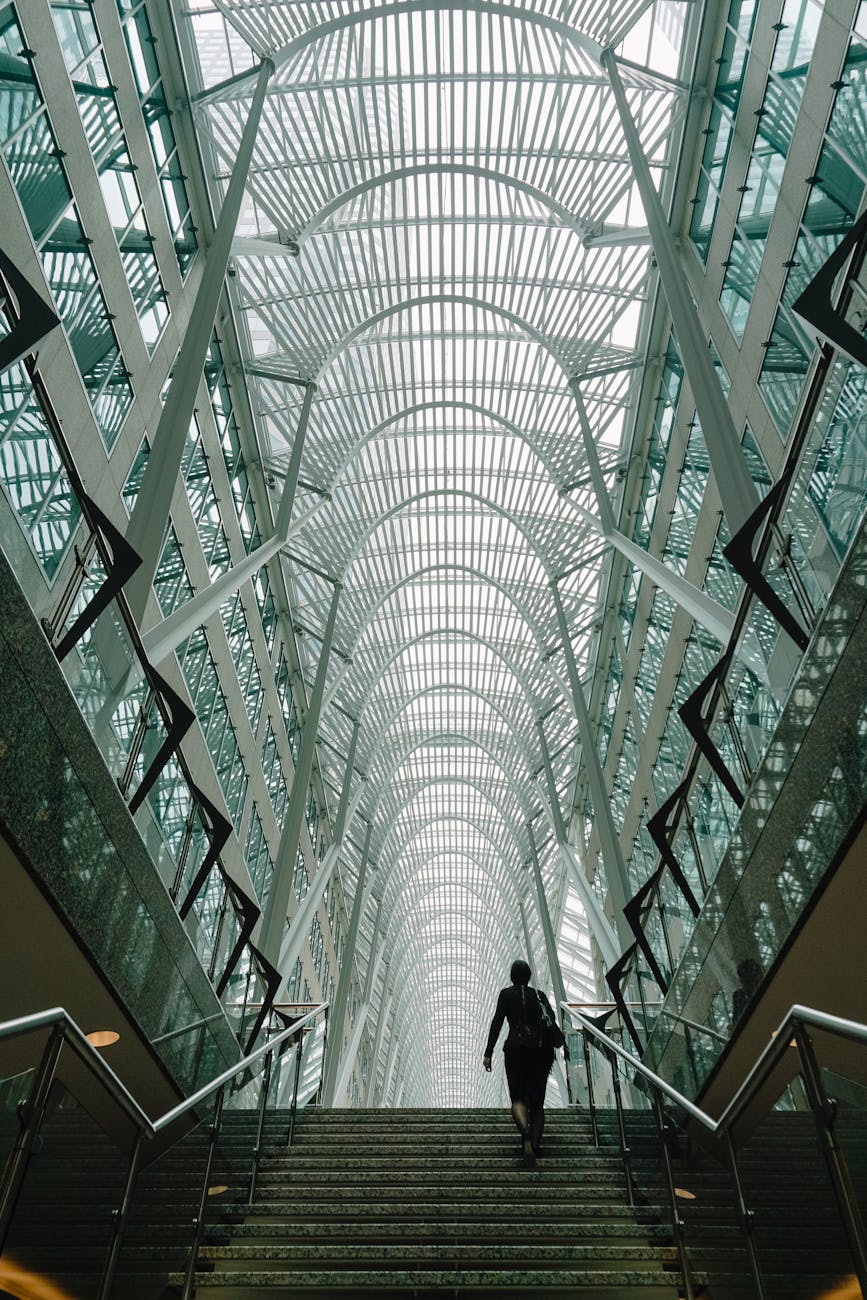Are you tired of watching your energy bill climb each month? It’s time for a change, and that change starts with one simple swap: transitioning your home lighting from traditional bulbs to LED technology. Here’s why this small change can make a big difference in your energy consumption and costs.
Understanding LED Technology
LEDs, or Light Emitting Diodes, work by passing an electrical current through a semiconductor material which then emits light. This efficient process drastically reduces energy waste, which is common in incandescent and fluorescent bulbs. 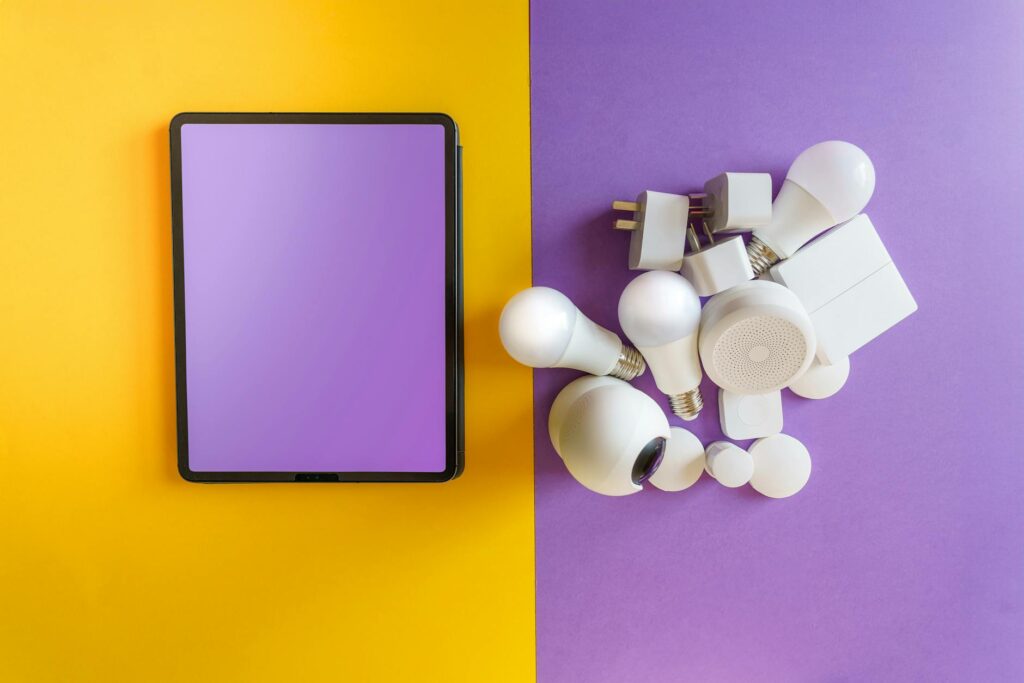
The Efficiency of LEDs
LED bulbs use up to 75% less energy than traditional bulbs and last up to 25 times longer. This isn’t just good for the environment—it’s great for your wallet, too.
Immediate Cost Savings
Replacing your home’s lighting with LEDs can lead to immediate reductions in your energy bill. Though LEDs have a higher upfront cost, their long lifespan and lower energy usage mean you begin saving money right away.
Enhanced Durability
LEDs are built to last. They don’t have filaments or glass components, making them more durable and less susceptible to breakage. This durability means less frequent replacements and more savings.
Improved Light Quality
LEDs offer superior light quality, providing a wide range of colors and brightness levels. This versatility allows for more personalized and efficient lighting solutions in your home. 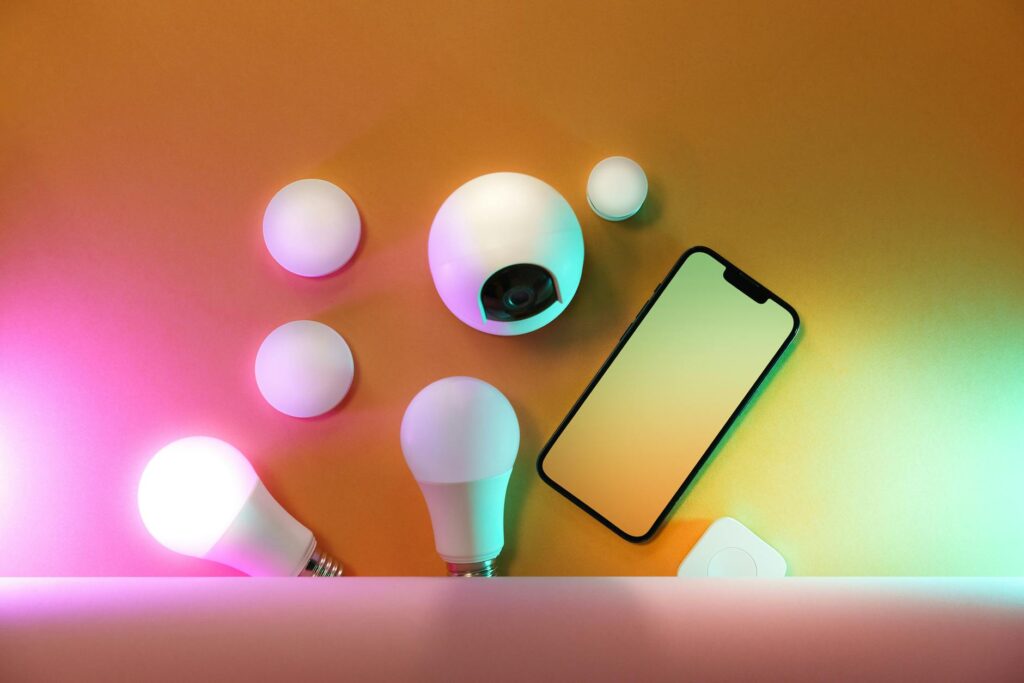
Reduced Heat Emission
Unlike traditional bulbs, LEDs emit very little heat, making them safer to use and reducing the risk of heat-related damage or injury. This also means less energy wasted in the form of heat.
Environmental Benefits
Switching to LEDs significantly reduces carbon footprint. Because they consume less power and have a longer lifespan, LEDs help in lowering carbon emissions associated with electricity production.
Increased Property Value
Installing LED lighting can also increase the value of your property. Energy-efficient homes are highly sought after in today’s market, making this a wise investment.
Government Incentives and Rebates
Many governments offer incentives or rebates for homeowners who upgrade to energy-efficient lighting. This can further offset the initial costs of switching to LEDs.
Compatibility with Smart Home Systems
LEDs are compatible with most smart home systems, allowing for automated and remote control of your home’s lighting. This adds an extra layer of convenience and potential savings.
Minimized Eye Strain
LEDs provide a steady light source, reducing flicker and minimizing eye strain. This is especially beneficial for individuals who are sensitive to traditional lighting options.
Flexible Design Options
Thanks to their compact size, LEDs can be used in a variety of design contexts, from under-cabinet lighting to artful installations. This flexibility opens up new avenues for creative home design. 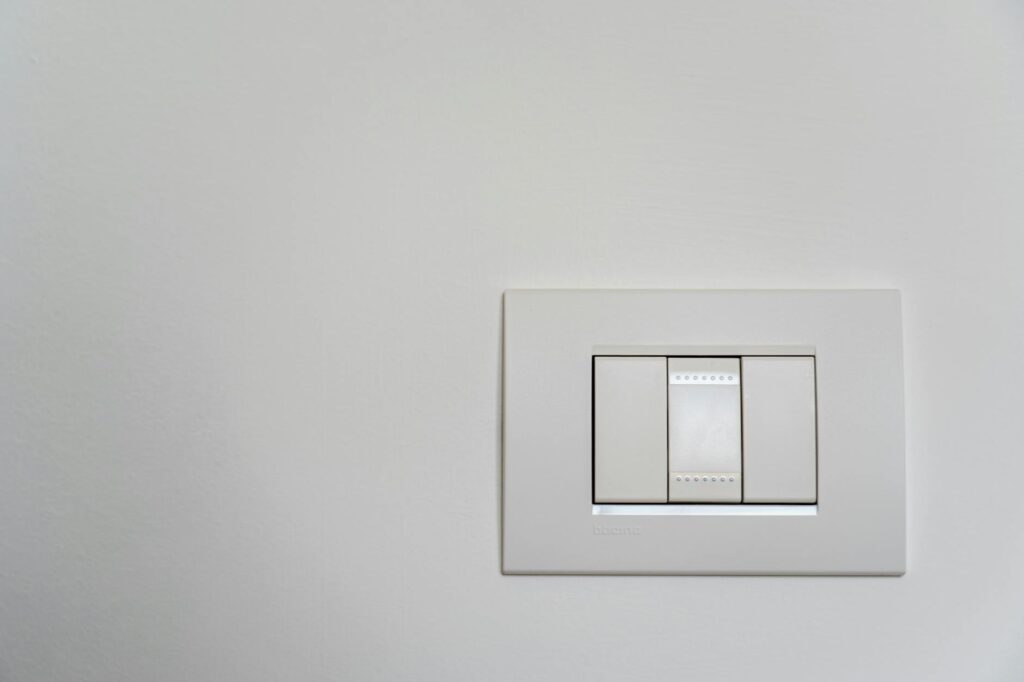
Supporting Local Economies
By choosing LED products made by local or domestic manufacturers, you can support your local economy and reduce the carbon footprint associated with shipping.
Easy to Recycle
Unlike fluorescent bulbs, which contain mercury, LEDs are easier to recycle and pose less of a risk to the environment when disposed of.
Why Wait? Make the Switch Today
With all these benefits, there’s no reason to delay. Switching to LEDs is a straightforward way to slash your energy bill and support a healthier planet.
Conclusion
Making the switch to LED lighting is a savvy choice for any homeowner looking to reduce their energy costs and environmental impact. With immediate savings on your energy bill, a long lifespan, and numerous other benefits, LEDs offer an impressive return on investment. Start exploring your options today and take the first step towards a brighter, more energy-efficient future.
Frequently Asked Questions
Is the transition to LED lighting expensive? While the upfront cost of LEDs is higher than traditional bulbs, the long-term savings in energy costs and bulb replacements make it a cost-effective choice.
Can LEDs really improve my home’s value? Yes, energy-efficient upgrades like LED lighting are attractive features in today’s real estate market, potentially increasing your home’s resale value.
Are there any health benefits to using LED lighting? LEDs minimize eye strain compared to traditional lighting options and don’t contain mercury, making them a safer choice for your home.
How do I choose the right LED bulbs for my home? Consider the desired brightness (measured in lumens), color temperature, and whether the bulbs will be used with dimmer switches when selecting LEDs for your home.
Can I get rebates for switching to LED lighting? Many local and national governments offer rebates or incentives for homeowners who make energy-efficient updates like switching to LED lighting. Check with your local utility company or government energy office.

